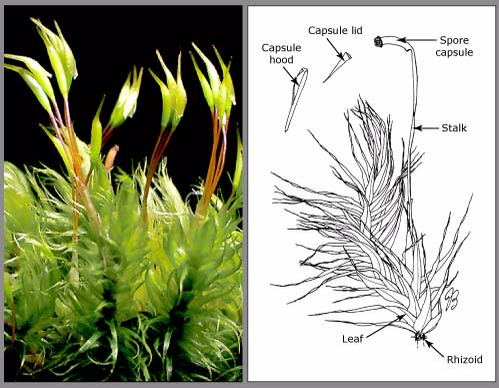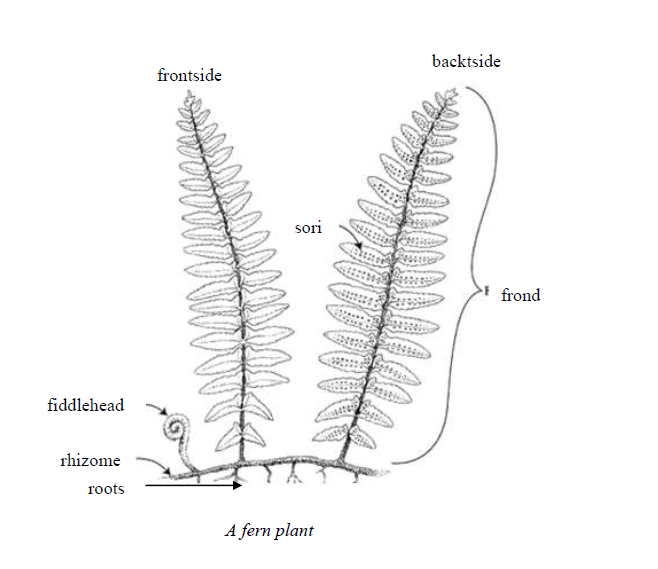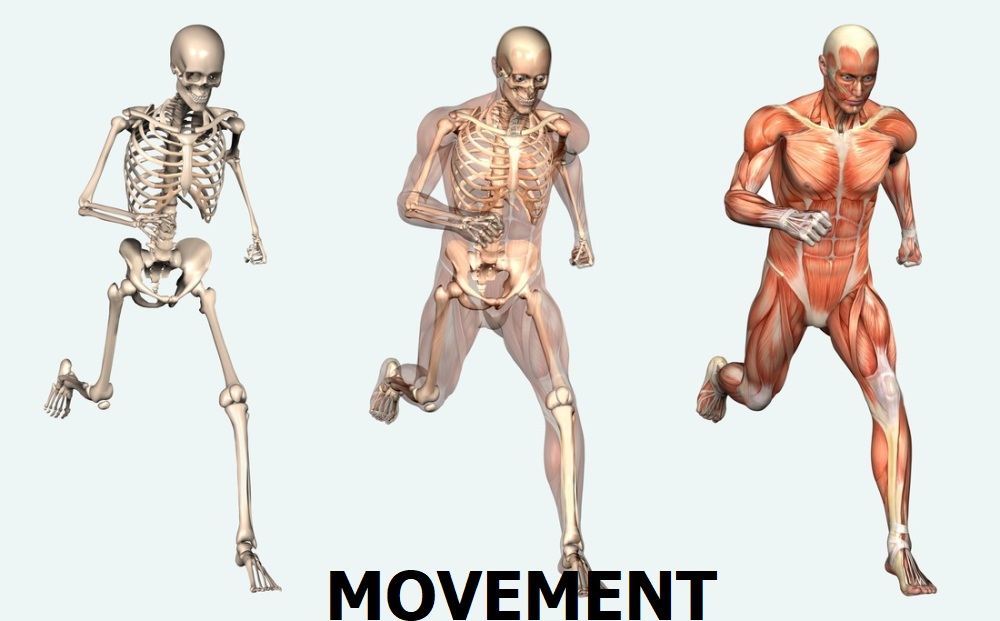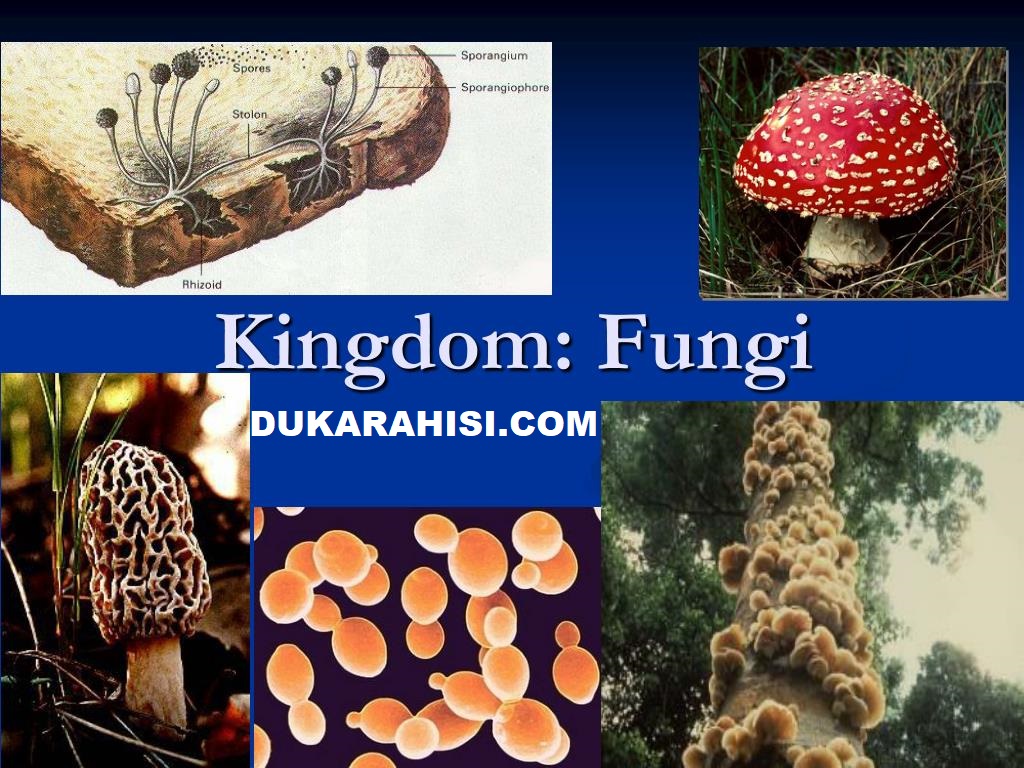TOPIC 1: CLASSIFICATION OF LIVING THINGS | BIOLOGY FORM 2
Kingdom Fungi
Member of the kingdom Fungi include fairly familiar organisms such asmushrooms, toadstools and bracket fungi.
There are also less obvious but veryimportant members such as mold, which grow on bread, ripe fruits and otherfood.
The General and Distinctive Features of the Kingdom Fungi
General features of kingdom fungi
- Fungi are found in damp or wet places
- They have eukaryotic cells with a rigid protective wall made of chiti
- They are heterotrophs, some are saprophytic where others are parasitic
- They store food as glycogen
- They reproduce using spore
- They are non-mobile
Distinctive features of kingdom fungi
- They have chitin in their cell wall
- They have septate
- Ascomycota
- Zygomycota
- Basidiomycota
Ascomycota
are also called sae fungi. They produce spore in sae-like cell
calledasei. These spores are called ascopores. Examples of Ascomycota
are bakers’yeast, cup fungi and ringworm fungi.
Characteristics of phyla Ascomycota
- Their cell wall is not made by chitin but cetin polysaccharide component of phosphoric acid
- Have granulated cytoplasm
- Store food in form of glycogen
- Reproduce asexually by budding and sexually by means of ascospores.
- Reproduce sexually by means of ascospores
(i) Reproduce sexually by means of ascospores
Mosses
are small, softplantscalledbryophytes, that are typically 1–10 cm
(0.4–4 in) tall, though some species are much larger. They commonly grow
close together in clumps or mats in damp or shady locations.
They do
not haveflowersorseeds, and their simple leaves cover the thin wiry
stems. At certain times mosses produce spore capsules which may appear
as beak-like capsules borne aloft on thin stalks.
Advantage and Disadvantages of Mosses
Outline advantage and disadvantages of Mosses
the advantage side, it can help to hold thebonsai soilin place and
prevent it from washing out of the container. Moss can increase the
water retention capability of the soil by slowingevaporation.
On
the disadvantage side, a thick carpet of moss can reduce the diffusion
of gases into the soil and to theroots, which can result inroot
rotorpoor drainageconditions. Moss can grow up onto thesurface
rootsandtrunkof your bonsai, and soften theirbark, promoting its decay.
Division Filicinophyta (Pteridophyta)
division was formerly called Pteridophyta. The division Filicinpphyta
includes a group ofprimitive vascular plants. The adult plant body in
these plants is a sporophyte. It showsdifferentiation into true roots,
stems and leaves. The stem is mostly herbaceous. Leaves may besmaller or
larger. Vascular tissues are present in all the vegetative parts of the
plant body.
- Reproduction
involves production of spores inside special structures called
sporangiawhich occur on the underside of the leaves called sporophylls.
Sprangia may sometimesbe found in groups called sori. - The plants
may be homosporous – producing only one type of spore or heterosporous
-producing two different types of spores; smaller microspores and larger
megaspores. - They are seedless vascular plants, which contain vascular tissues but do not produceseeds.
The Structure of Ferns
Describe the structure of Ferns
are intermediate in complexity between the more primitive bryophytes
(mosses, liverworts,and hornworts) and the more advanced seed plants.
Like bryophytes, ferns reproduce sexually bymaking spores rather than
seeds.
Most ferns produce spores on the underside or margin of
theirleaves. Like seed plants, ferns have stems with a vascular system
for efficient transport of waterand food. Ferns also have leaves, known
technically as megaphylls, with a complex system ofbranched veins.
frond is the “leaf” of a fern. It is divided into two main parts, the
stipe (leaf stalk or petiole)and the blade (the leafy expanded portion
of the frond).
Rhizomes
would be comparable to “stems” in the flowering plants. Fronds arise
from therhizome. In some epiphytic ferns (ferns that grow on trees) and
in terrestrial creeping ferns therhizome roams widely and is quite
visible.
The
rhizome contains the conducting tissues (xylem and phloem) and the
strengthening tissues(sclerenchyma fibres). The conducting tissue, known
as the vascular bundle, carries the water,minerals, and nutrients
throughout the plant.
are formed from the rhizomes or sometimes from the stipe. The roots
usually do not divideonce they grow from the rhizome. Tree fern roots
grow down from the crown and help thickenand strengthen the trunk. The
roots anchor the plant to the ground and absorb water and minerals.
sporangia are the reproductive structures of the ferns and fern allies.
They produce the dustlikespores that are the “seeds” by which ferns are
propagated.
Several sporangia groupedtogether are called a sorus. Most
ferns have their sporangia on the underside of the frond,arranged in an
organized pattern usually associated with veins in the pinnule (leaf).
Many times(but not always) the ferns provide a protective covering for
the sorus called an indusium.
Advantages and Disadvantages of Ferns
Outline advantages and disadvantages of ferns
Advantages of ferns
- Some ferns are edible and hence serve as a source of food.
- They provide nutrients to the soil to improve soil fertility.
- They cover the soil and prevent soil erosion.
- They are used as decoration materials.
- They harbour dangerous organisms like snakes and insects.
- Some ferns are poisonous when eaten.
































































Hey, thanks for the blog article.Really looking forward to read more.
This is one awesome blog post.Really looking forward to read more. Cool.
I really enjoy the post.Really looking forward to read more. Awesome.
I appreciate you sharing this blog article. Awesome.
Very neat post.Much thanks again. Really Great.
Enjoyed every bit of your article.Really looking forward to read more. Much obliged.